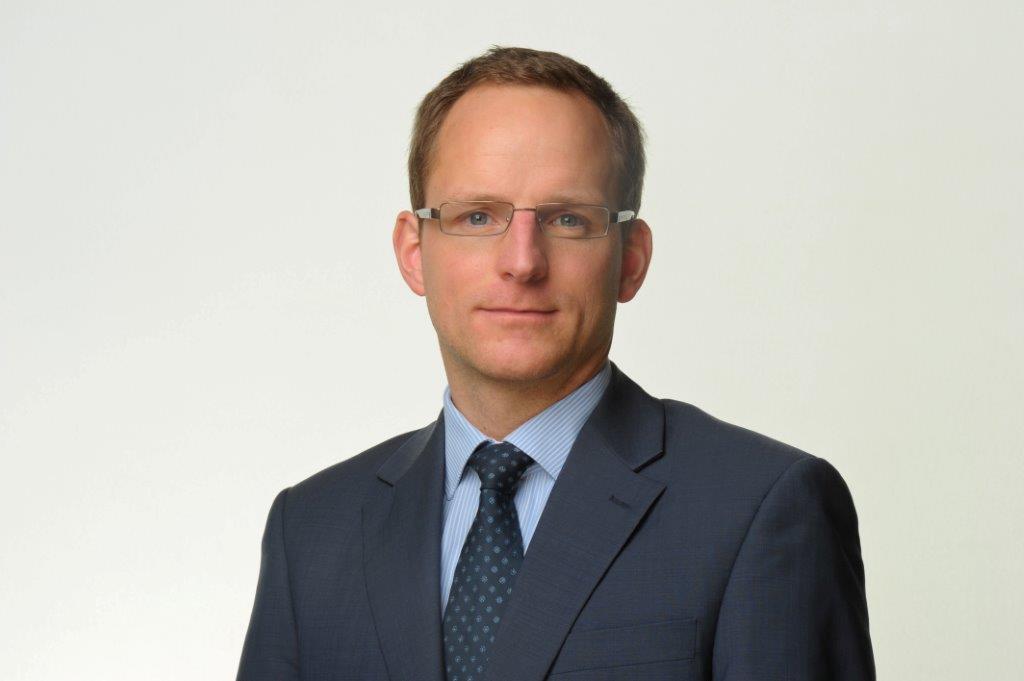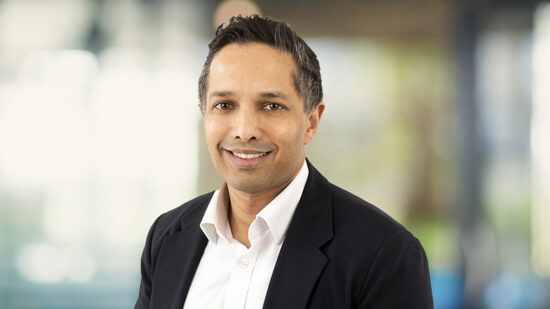This edition of PA‘s Q&A feature offers insight from Stefan Gries, portfolio manager for the BlackRock Greater Europe Trust.
We quizzed him on a range of topics, including his path to managing an investment trust at the largest asset manager in the industry, his strategy and the trends he is targeting.
Here is what he told us.
Describe your career background; how did you find your way into asset management and your current role?
After graduating from St Andrews in 2005, I joined the graduate scheme at Scottish Widows Investment Partnership. Together with a few members of the team, I then joined BlackRock’s European Equity team in 2008 and have been fortunate enough to learn from and work with some of the best and most experienced investors in the industry.
See also: Church House’s Wharton Q&A: Goldilocks believers are in for a shock
Over time I have covered a variety of sectors and have been running portfolios since 2011. It is the everyday debates about individual stocks and markets with brilliant colleagues that make me get up in the morning and the ambition to truly understand companies – how they are run, what their culture is, how they take value-creating decisions.
What is the broad strategy you have in place for the trust?
The BlackRock Greater Europe Investment Trust’s objective is to provide capital growth through investments in a focused Europe ex UK portfolio unconstrained by market cap, sector, or style.
There are more than 2,000 companies across this universe, and we take an active, bottom-up approach looking for businesses that are ‘hidden gems’ or ‘giants in their niches’. These companies are typically businesses with strong pricing power, exceptional management teams, a clearly defined strategy for value creation and a unique aspect to allow for sustainable returns.
We aim to look through the noise of the market to find the best long-term opportunities for the trust to invest in. This has led to a concentrated portfolio of around 35-40 holdings, and as we are investors for the long term, we typically have a low turnover rate of less than 20% per annum.
Which industries and countries offer the most compelling opportunities in Europe at the moment in your view?
The portfolio is exposed to several industrials and technology names that we believe can benefit from significant capex spending in years to come. The world could be entering a capex renaissance which stands to benefit numerous industries from renewable players, to construction, to data centres. This capex is underpinned by trends such as reshoring, increasing automation, and demands for energy transition.
See also: Q&A with Brunner’s Bishop: Microsoft’s ‘extraordinary’ market position
Spending is therefore directed towards areas such as digitalisation, electrification and securing supply chains. The European market has an outsized exposure to these trends, with many companies illustrating strong long-term track records of investing in and delivering these services. Areas such as construction, speciality chemicals and technology focused on electrification could prove attractive over coming years.
We have often favoured and been slightly overweight Danish companies, although entirely driven by stock selection. Besides a stable political system and access to world-class education, research and talent, we find that many companies benefit from the ‘Danish Management Style’. Many Danish top management teams encourage employees to think like business owners, which aligns with how we think about selecting companies for the portfolio.
Extremely flat organisational structures and incentive structures that allow for completely decentralised decision making empower local management teams to make the right long-term decisions for their business with greater focus on cost, capital allocation, return on capital employed and cash flow generation.
Could you tell us three trends that you are targeting, and outline why?
Three trends that we have currently positioned the portfolio to exploit include artificial intelligence, green spending and automation.
Enthusiasm around artificial intelligence has boomed recently and, as a result, is driving high levels of demand for certain technologies, specifically semi-conductors. Europe is home to some of the leading businesses that are part of the semi-conductor manufacturing chain, and while we have held positions in many of these companies for some time, the long-term potential, supercharged by the growth of artificial intelligence, is extremely compelling.
See also: Q&A with Cohen & Steers’ Childers: Why real assets are the answer to inflation
Green spending incorporates several areas, including companies involved in electrification and decarbonisation. This has been a major long-term theme for Europe, and has been turbo-charged by initiatives such as RePower EU, the Green Deal Industrial Plan but also the US Inflation Reduction Act which many European companies can benefit from.
The European Union has been a world leader in investment towards the energy transition for many years, and we are now seeing European businesses utilising this investment. In our view, we are witnessing a modern-day industrial revolution taking place across Europe that can benefit businesses across the continent (and our portfolio).
Finally, we are seeing automation and digitisation trends that many European companies can tap into. Labour shortages with more people leaving than joining the workforce are a structural driver for improved automation processes across many industries. A number of European players are key in improving manufacturing processes, productivity, quality and safety.
What is your overall outlook for European economy and European equities as an asset class over the coming one to two years?
The European market has been relatively unloved recently, with the shadow of a recession impacting sentiment. However, many of the challenges from last year have started to fade. The region has avoided an energy crisis, leading to lower Eurozone inflation numbers. Employment has remained high, and the consumer resilient.
Alongside this, the bottom-up picture for businesses remains robust. Earnings have been surprisingly healthy, with many companies delivering stronger earnings in recent updates, defying the market’s gloomy expectations. Corporates have adapted to higher input costs and overcome many of their challenges much better and more quickly than anticipated. Overall, there has been a broad-based strength in earnings with upgrades coming through across different areas of the market and across different sectors.
However, economic uncertainty remains, with high interest rates and inflation unlikely to return to the low levels seen in recent year. Because of this, we look to find companies than can thrive in all market conditions, and benefit from some key long-term trends, particularly businesses active in areas such as digitisation, artificial intelligence, renewable energy, and reshoring.







